Explore practical lessons on supplements, nutrition, and wellness — from benefits and usage to evidence-based insights.

What is Vitamin B12? Vitamin B12, also known as cobalamin, is a water-soluble vitamin essential for various bodily functions. It plays a critical role in the …
Read more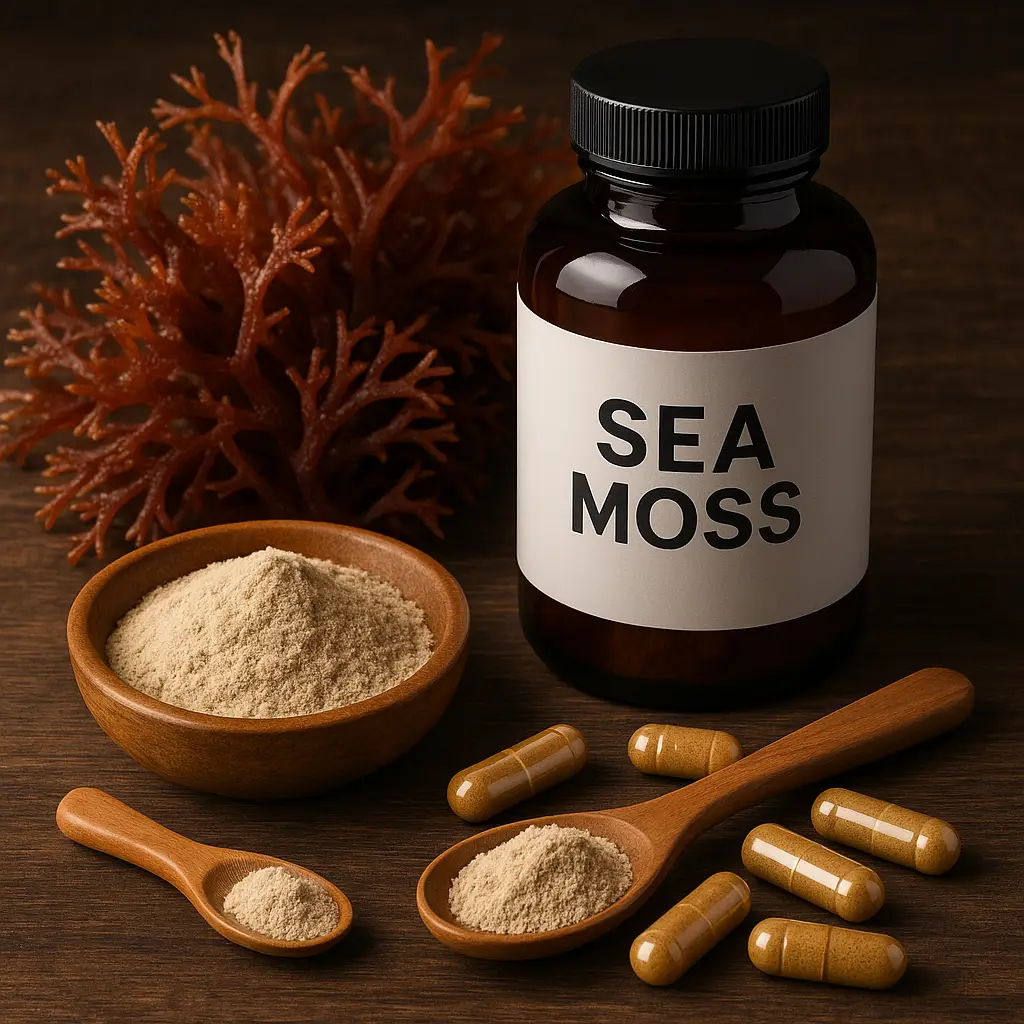
What is Sea Moss? Sea moss, scientifically known as Chondrus crispus, is a type of red algae that thrives in the Atlantic Ocean, particularly along the coasts…
Read more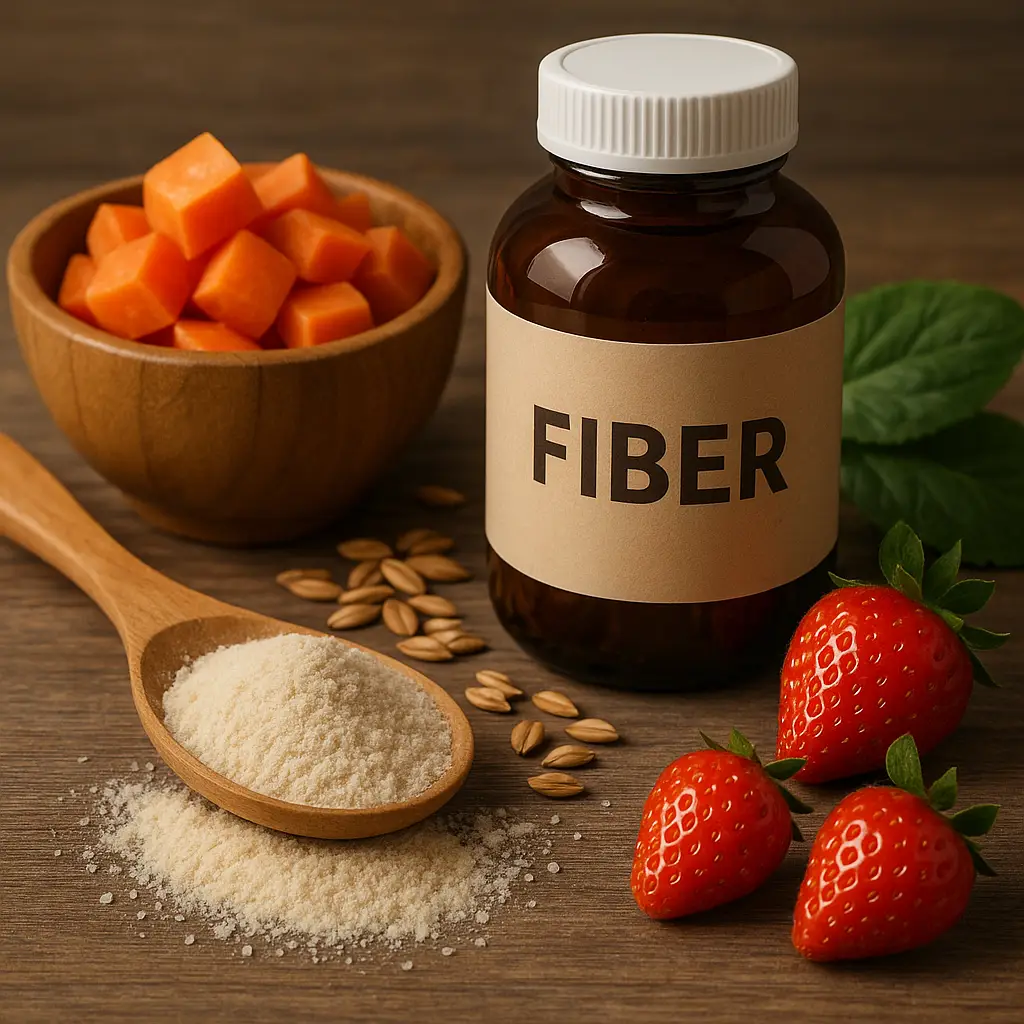
Understanding Fiber: The Unsung Hero of Nutrition Fiber is a type of carbohydrate that the body cannot digest. Unlike simple sugars and starches, fiber pass…
Read more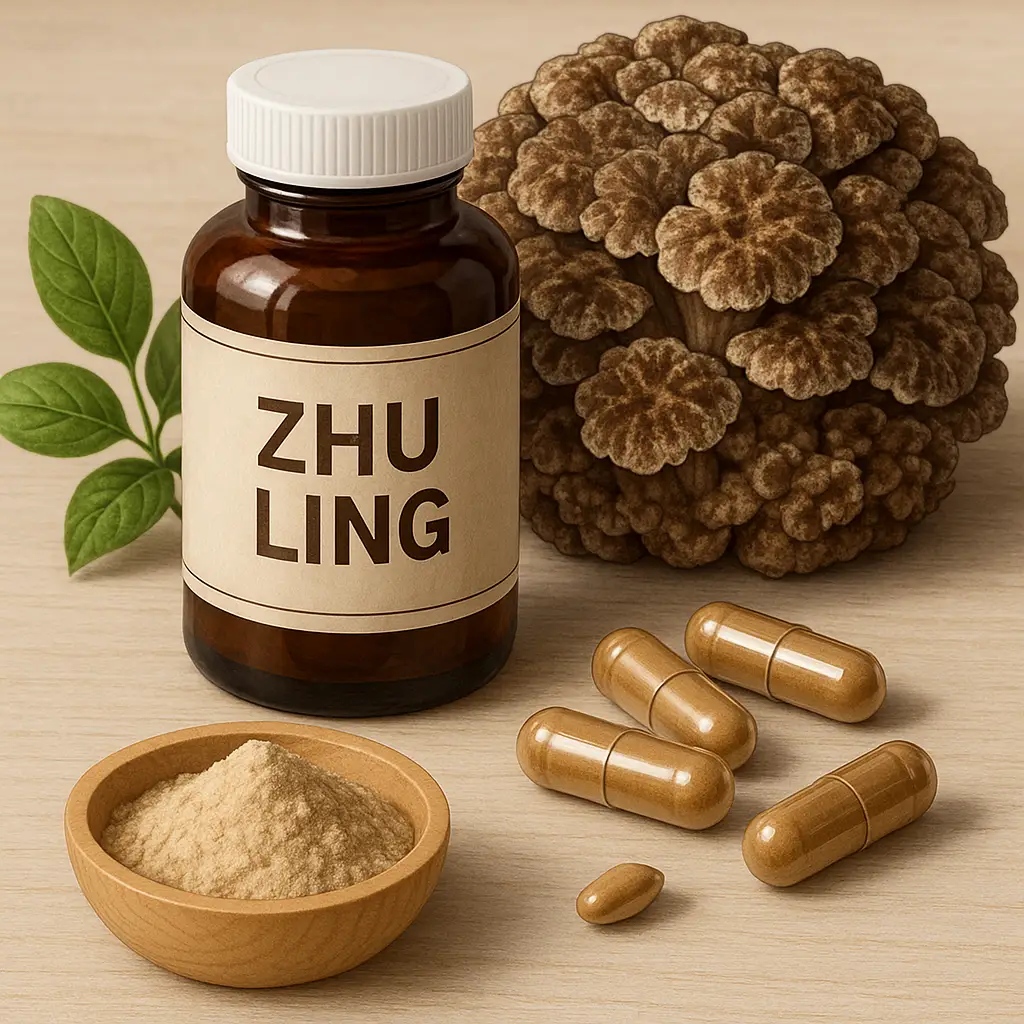
What is Zhu Ling? Zhu Ling, also known as Polyporus umbellatus, is a type of medicinal mushroom that has been used in traditional Chinese medicine for centuri…
Read more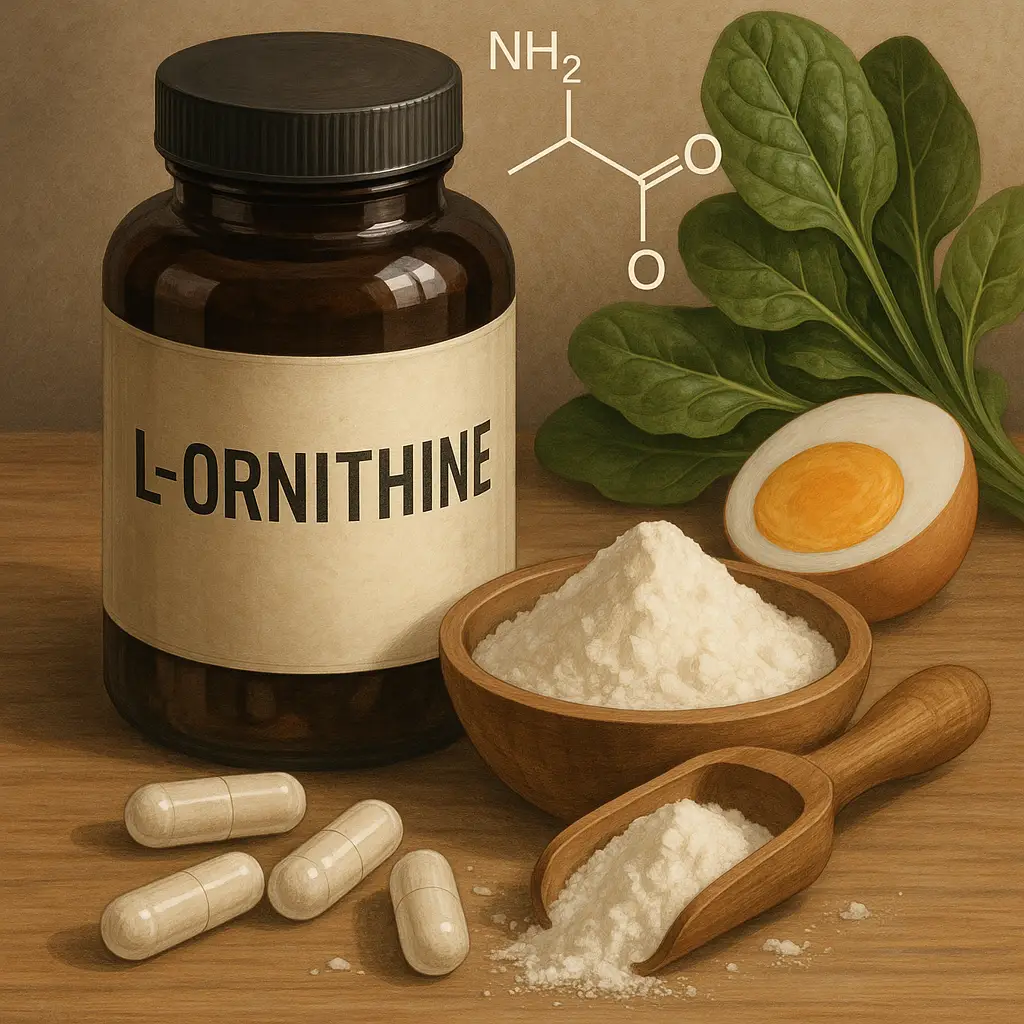
What is L-Ornithine? L-Ornithine is a non-protein amino acid that is produced in the body through the urea cycle, a process that helps in eliminating ammonia …
Read more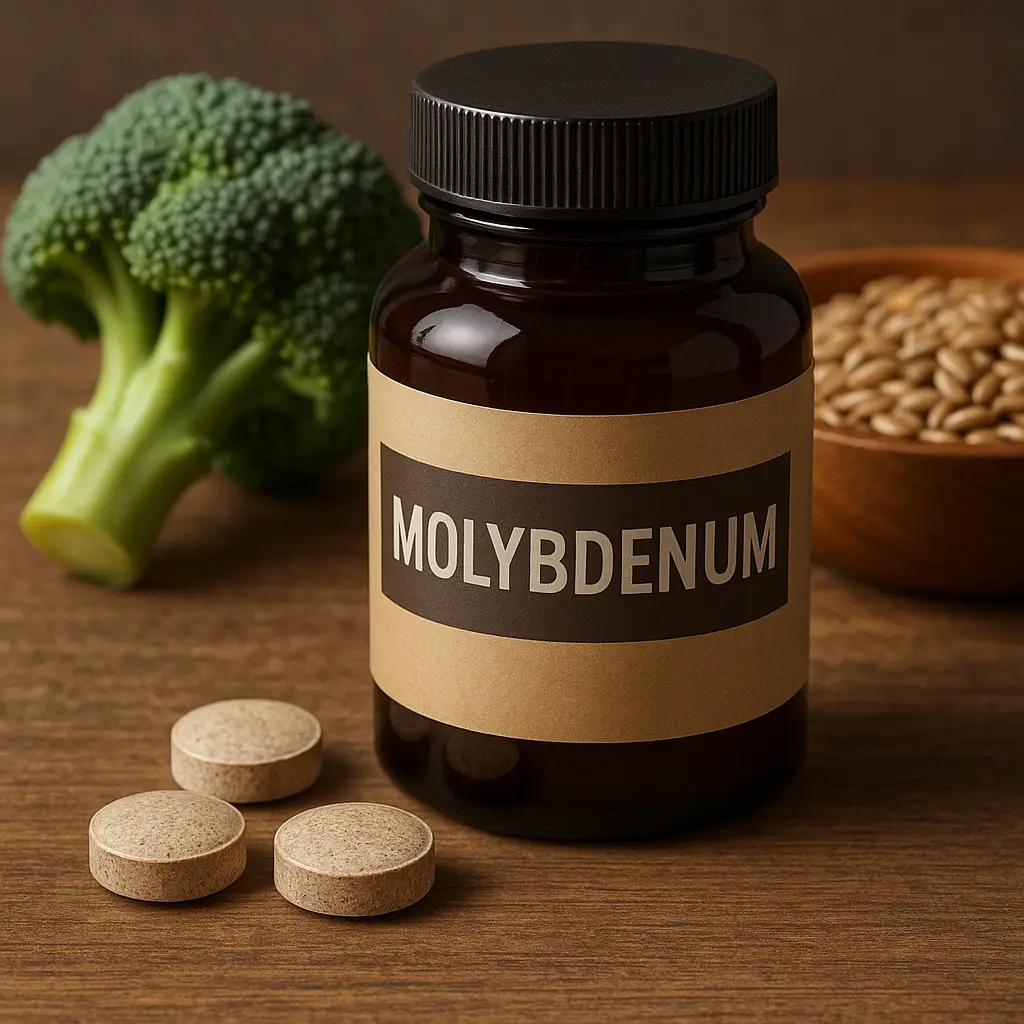
What is Molybdenum? Molybdenum is a trace mineral essential for human health, playing a crucial role in various biological processes. It is a silvery-white me…
Read more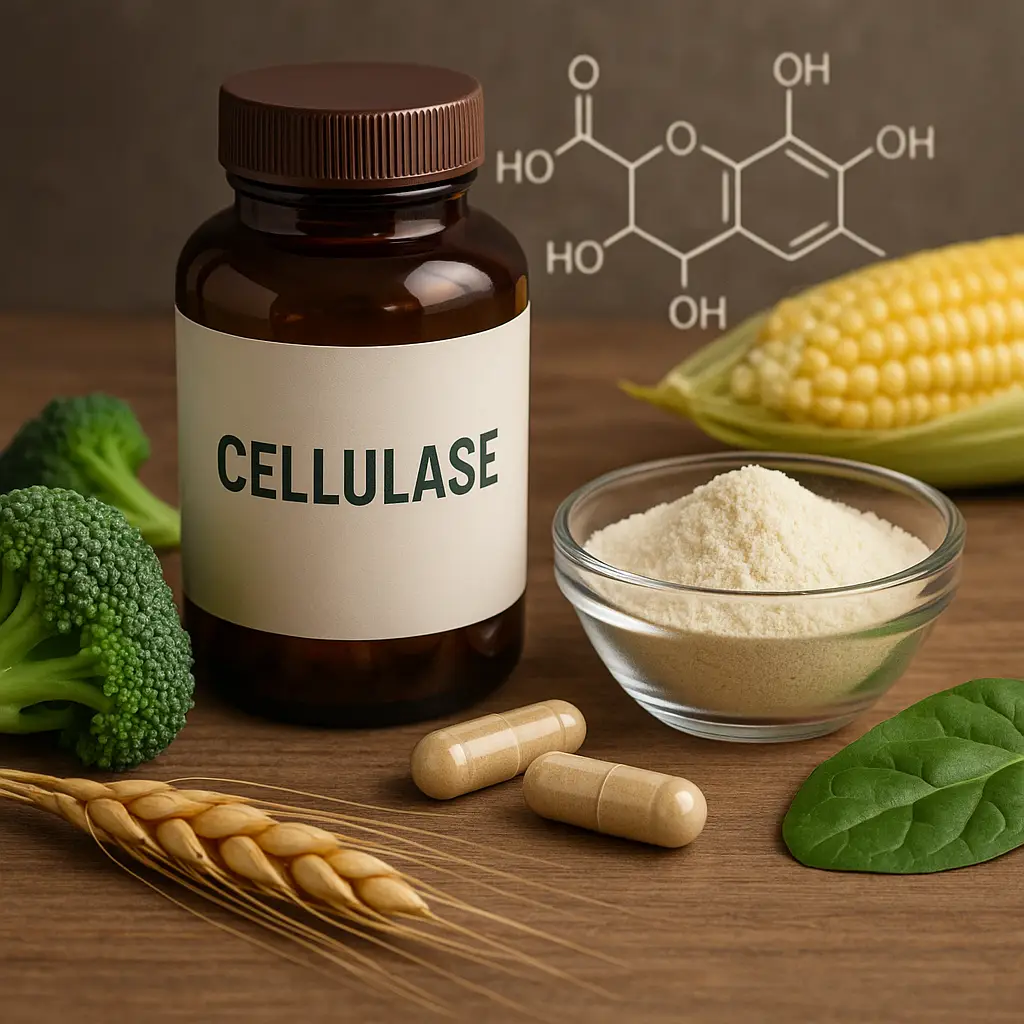
What is Cellulase? Cellulase is an enzyme that breaks down cellulose, a complex carbohydrate found in plant cell walls. This enzyme is crucial for digesting p…
Read more
What is L-Histidine? L-Histidine is an essential amino acid that plays a crucial role in various biological processes. Unlike non-essential amino acids that t…
Read more
What is Cool Cayenne? Cool Cayenne is derived from the Capsicum annuum species, primarily recognized for its vibrant red color and spicy flavor. It contains c…
Read more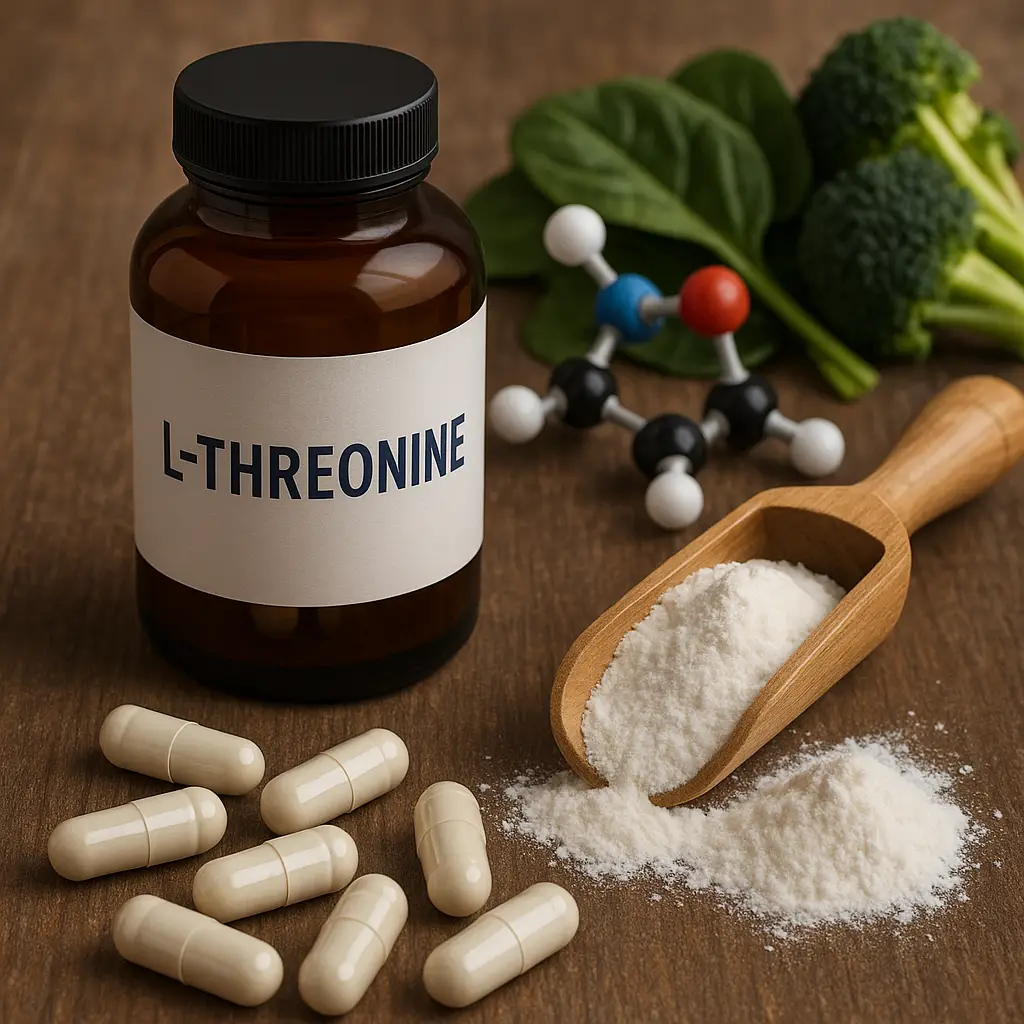
What is L-Threonine? L-Threonine is an essential amino acid that plays a crucial role in various metabolic functions within the body. It is classified as esse…
Read more
Corn Silk Extract: An Overview Corn silk extract is derived from the silky threads found in the ears of corn (Zea mays). These threads are the female flower s…
Read more
Lycopene: The Powerful Antioxidant Lycopene is a vibrant red carotenoid pigment found in various fruits and vegetables. It is one of the most potent antioxi…
Read more
What is Chinese Skullcap? Chinese Skullcap, scientifically known as Scutellaria baicalensis, is a herb native to China and parts of East Asia. It belongs to t…
Read more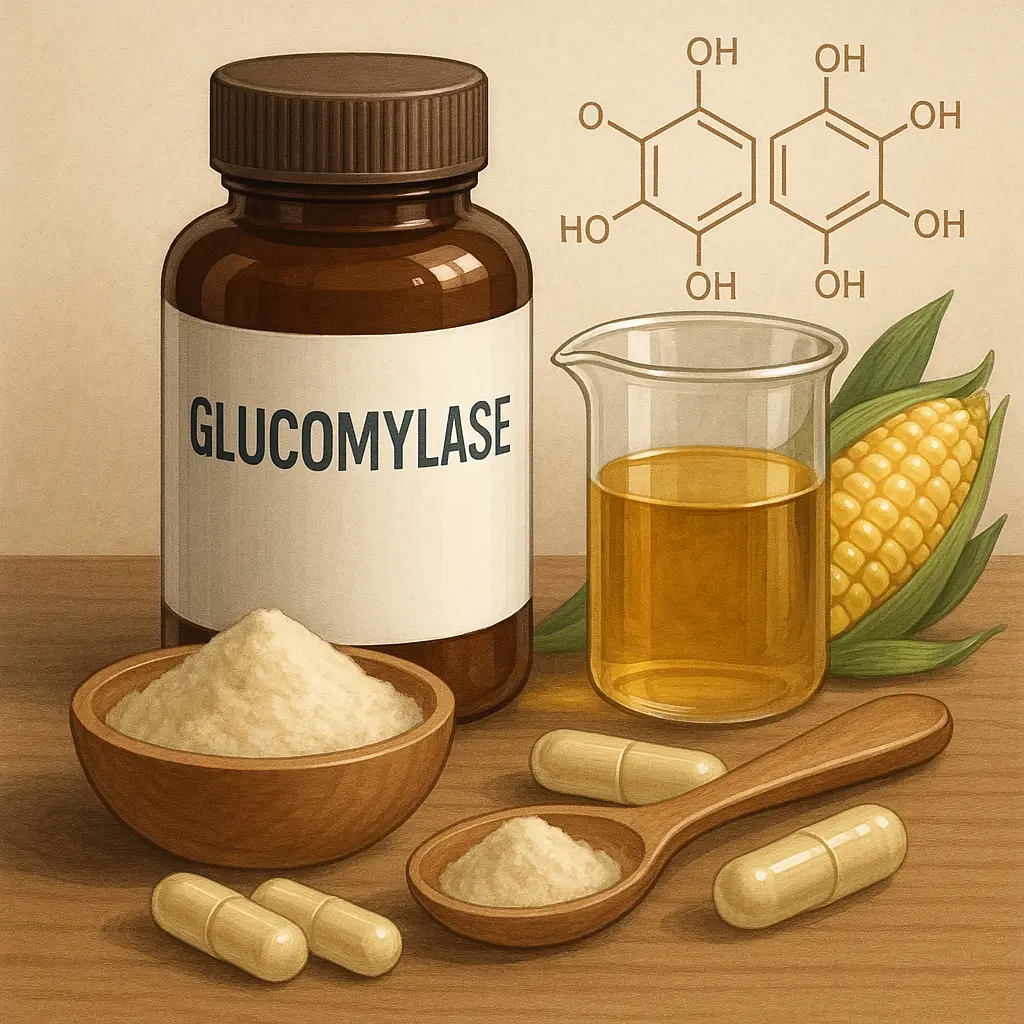
What is Glucomylase? Glucomylase is an enzyme that is part of the amylase family. It specifically catalyzes the hydrolysis of glucosidic bonds in starch, conv…
Read more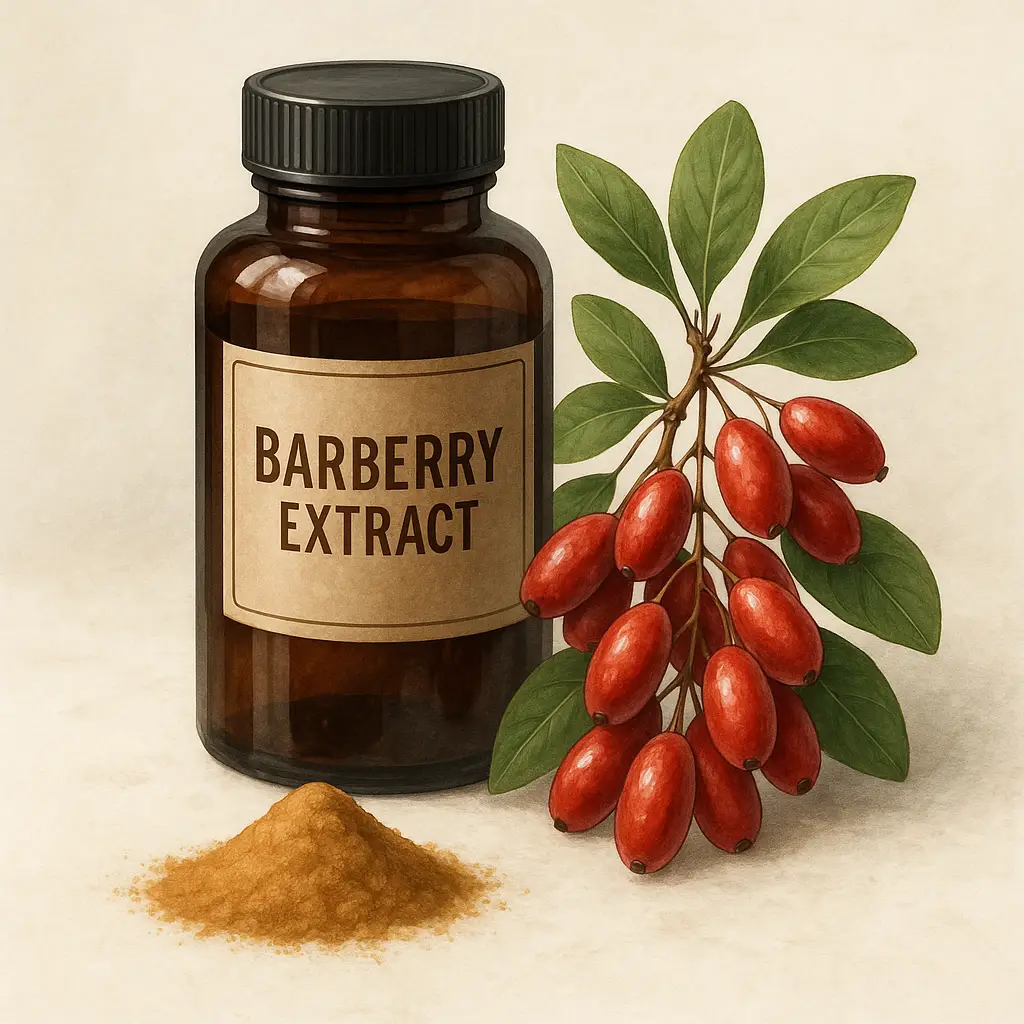
What is Barberry Extract? Barberry extract is derived from the Barberry plant (Berberis vulgaris), a shrub native to Europe, Asia, and North America. Known fo…
Read more
Papaya enzyme, predominantly known as papain, is a natural enzyme derived from the papaya fruit (Carica papaya). This fascinating enzyme has been utilized for …
Read more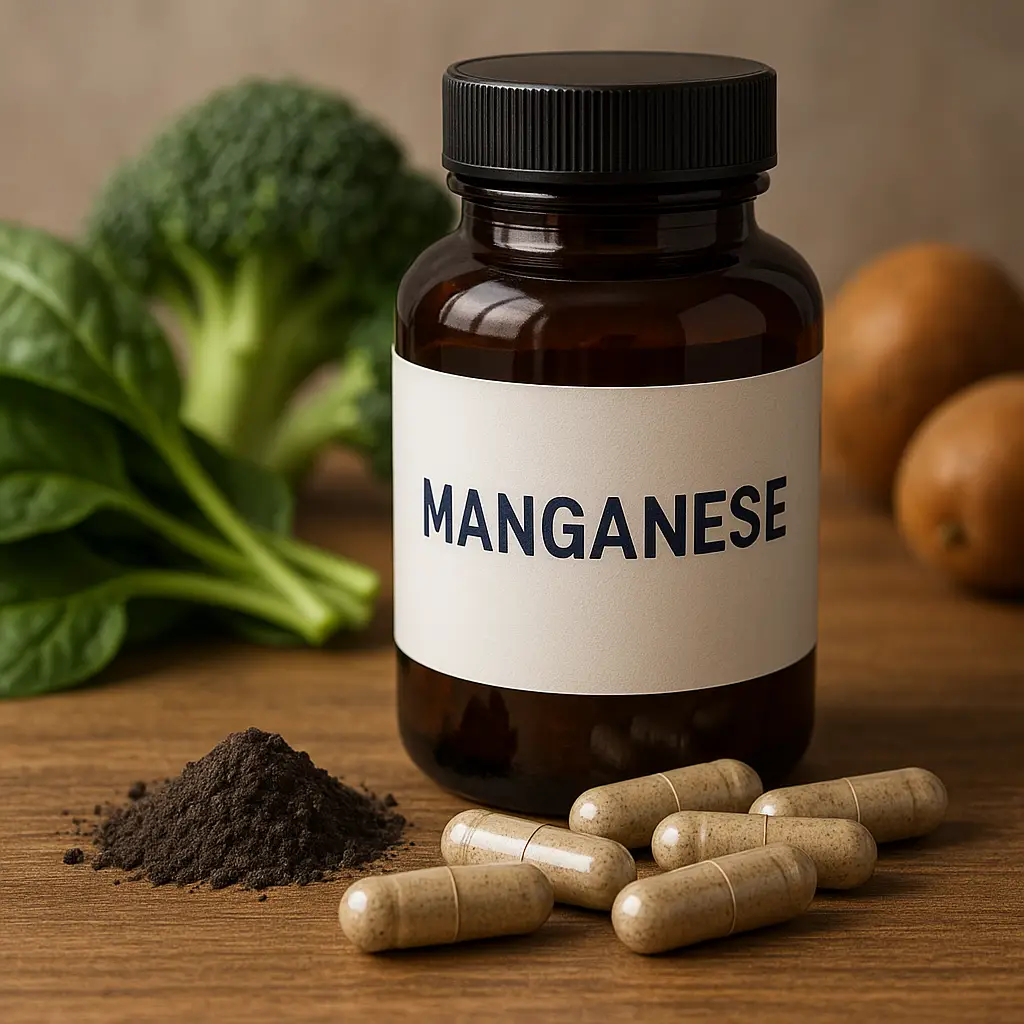
Manganese: An Essential Trace Mineral for Health and Performance Manganese is a trace mineral essential to human health, playing several vital roles in the …
Read more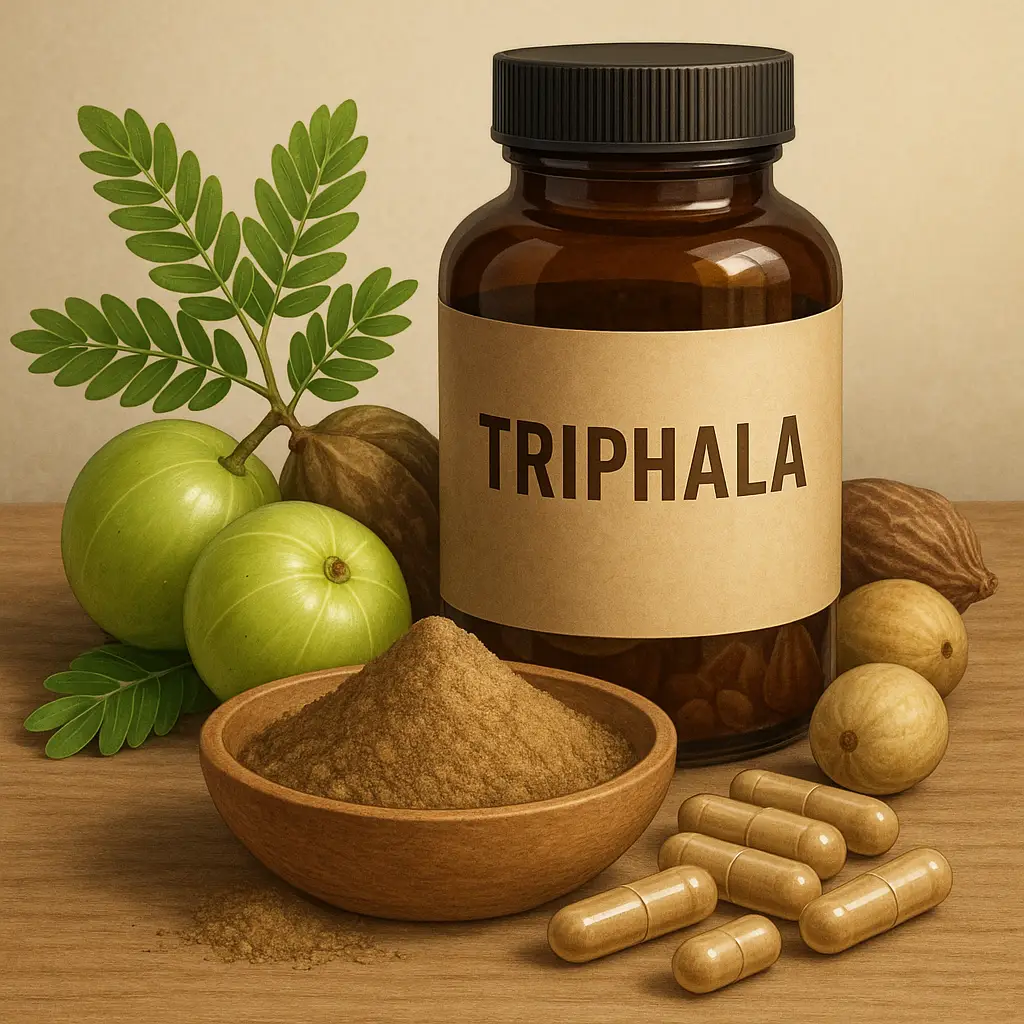
What is Triphala? Triphala is a traditional herbal formulation that originates from Ayurvedic medicine, one of the oldest holistic healing systems in …
Read more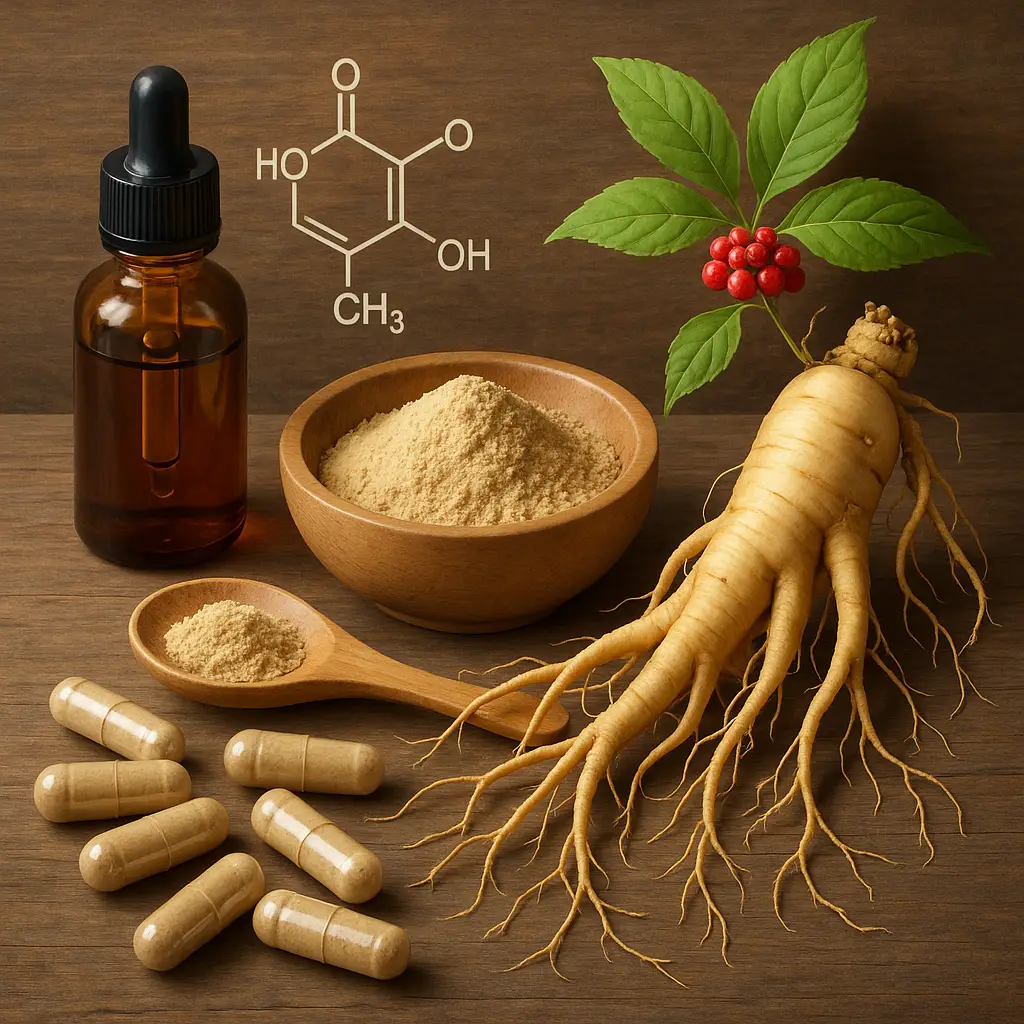
What is Panax Ginseng? Panax ginseng, commonly known as Korean ginseng, is a perennial plant native to East Asia, primarily found in Korea and Norther…
Read more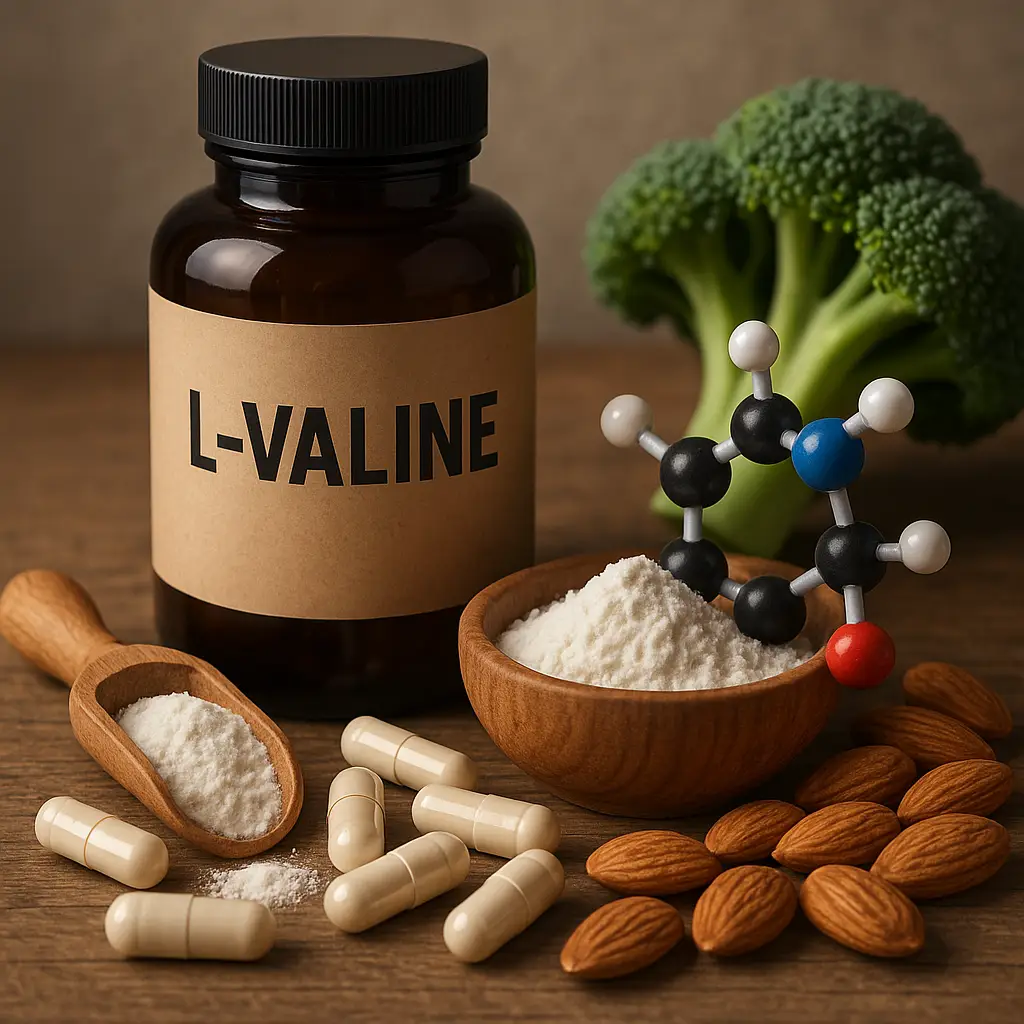
L-Valine: A Key Amino Acid for Health and Performance L-Valine is one of the three branched-chain amino acids (BCAAs), which also include leucine and isoleu…
Read more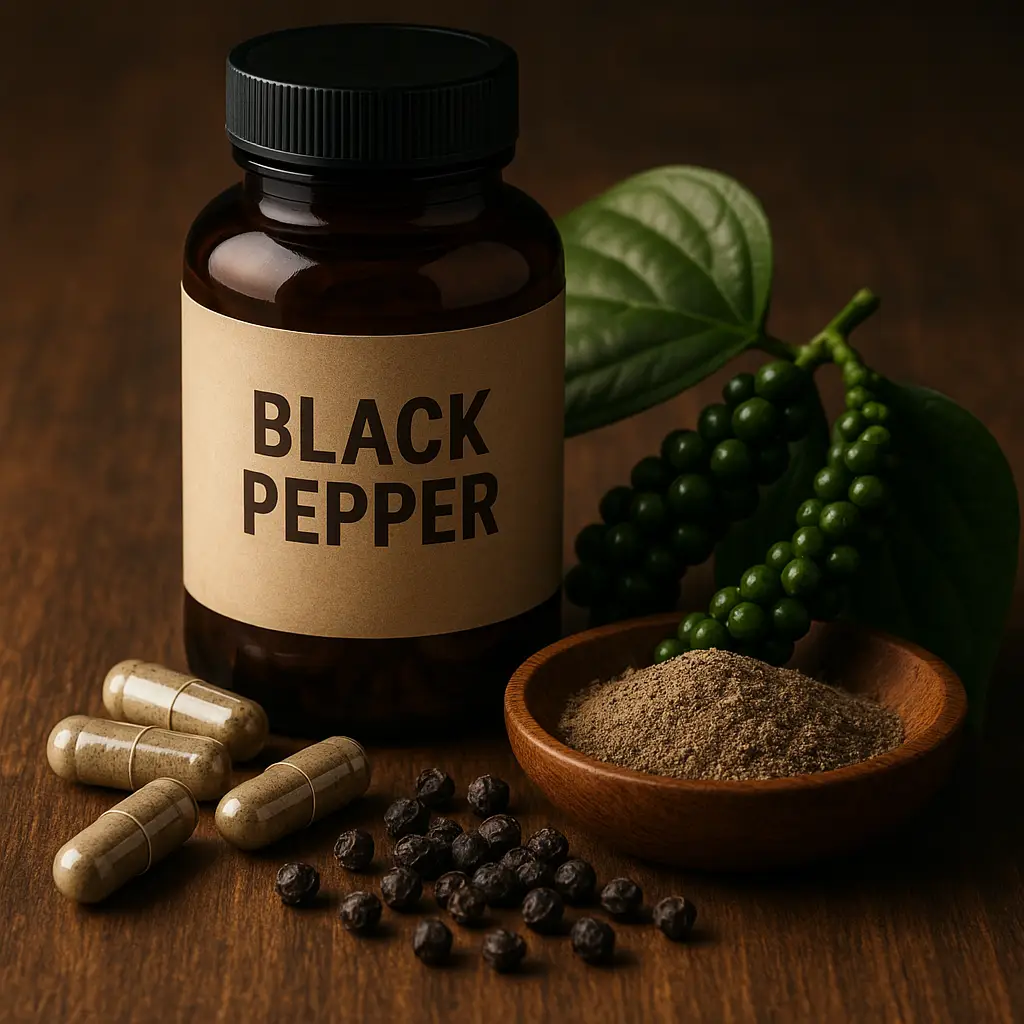
What is Black Pepper? Black pepper, known scientifically as Piper nigrum, is a flowering vine cultivated for its fruit, which is typically dried and used as a…
Read more
Understanding Slippery Elm: Nature's Soothing Secret Slippery elm, scientifically known as Ulmus rubra, is a deciduous tree native to North America. Traditi…
Read more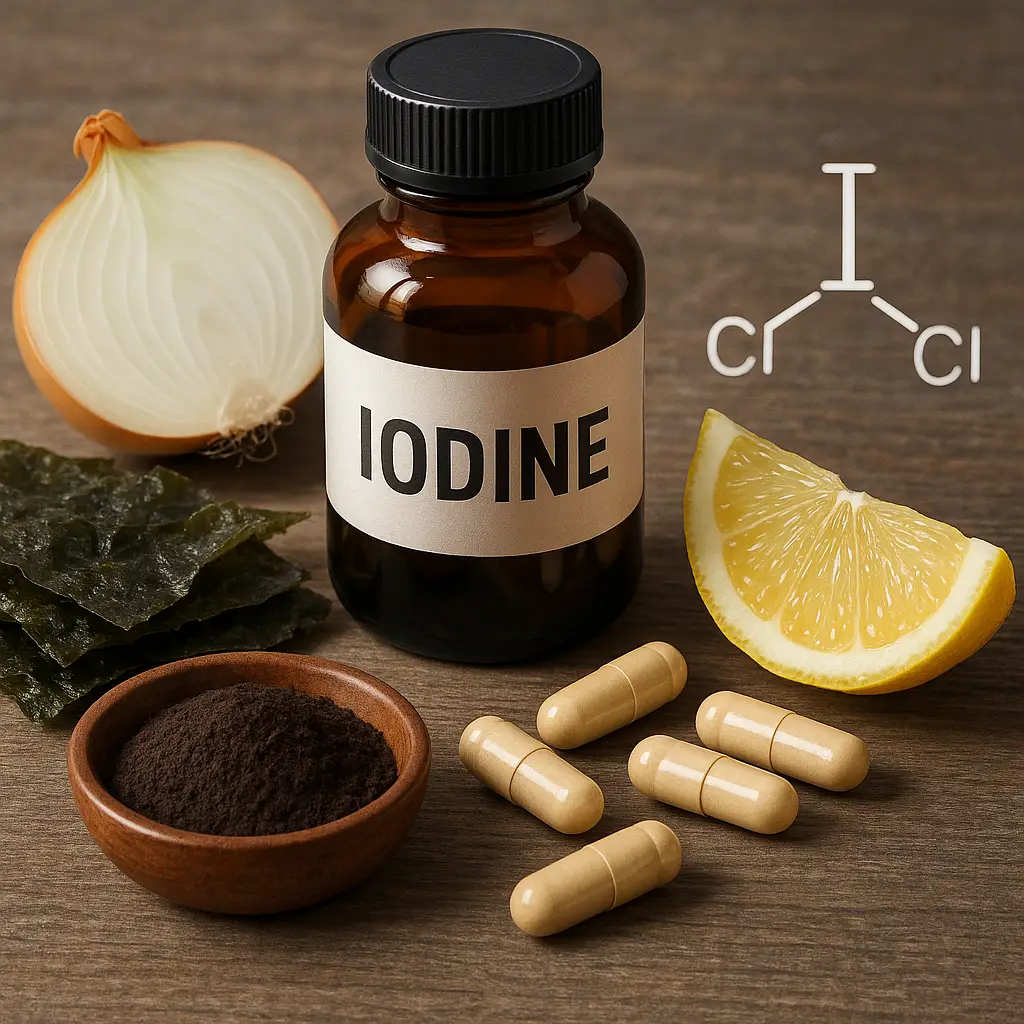
Iodine is a trace element that is crucial for the synthesis of thyroid hormones, which regulate metabolism, growth, and development. It is naturally found in t…
Read more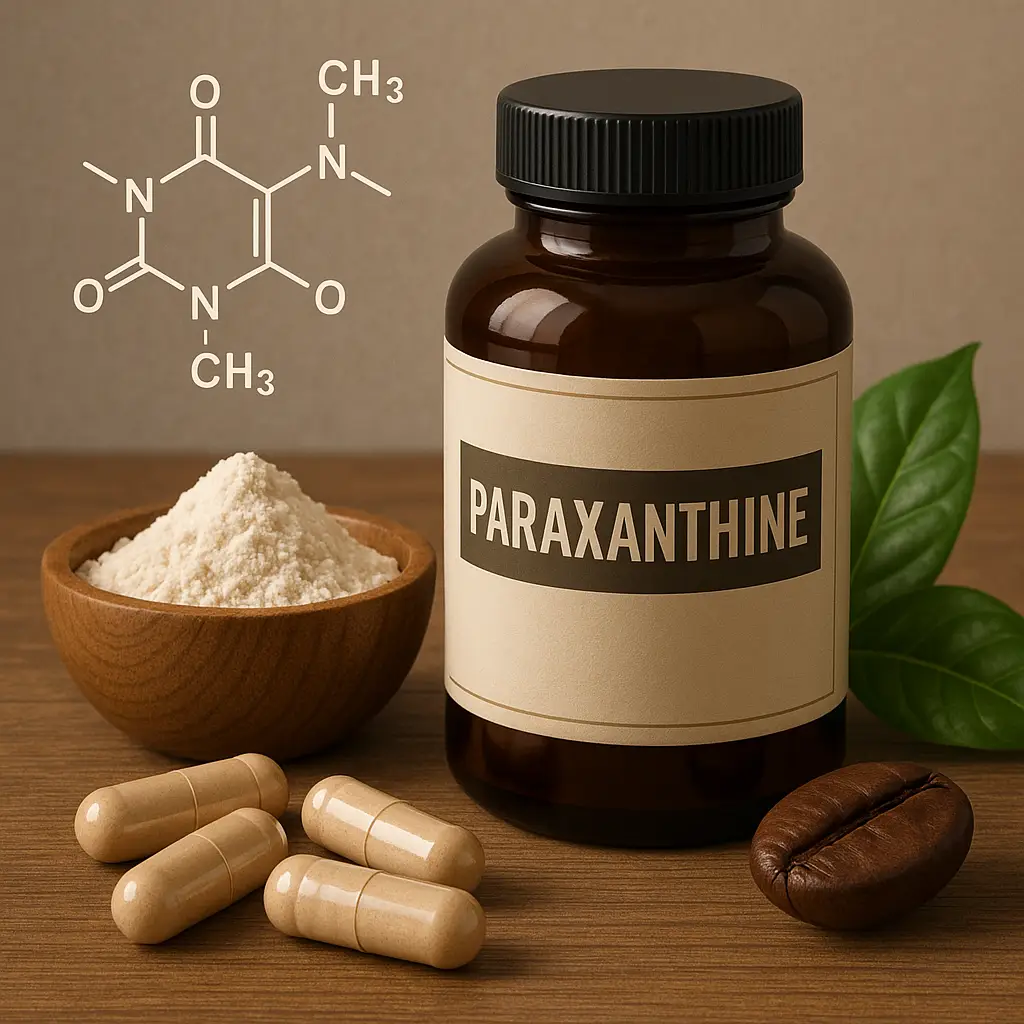
What is Paraxanthine? Paraxanthine is a metabolite of caffeine, formed through the process of its metabolism in the liver. It constitutes about 80% of the caf…
Read more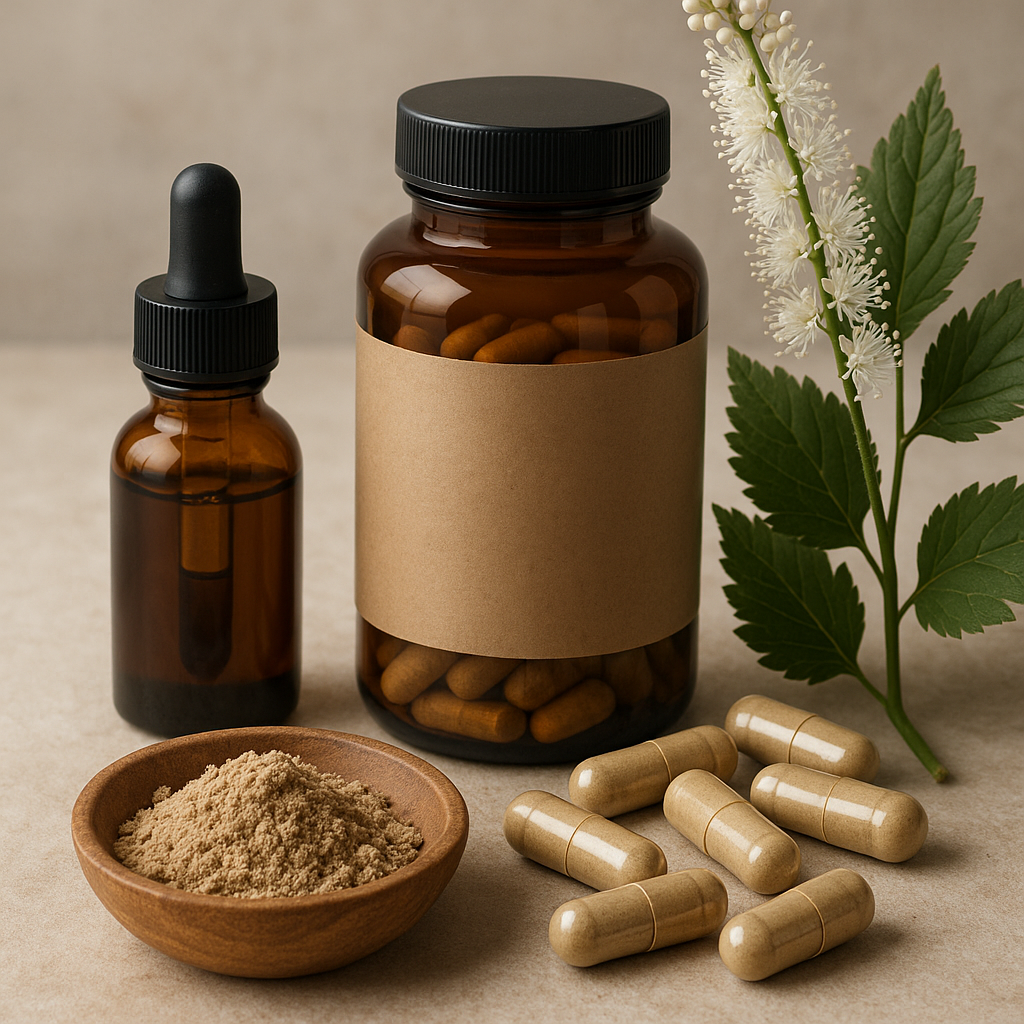
What is Black Cohosh? Black Cohosh (Actaea racemosa) is a perennial herb native to North America, particularly found in wooded areas in the eastern United Sta…
Read more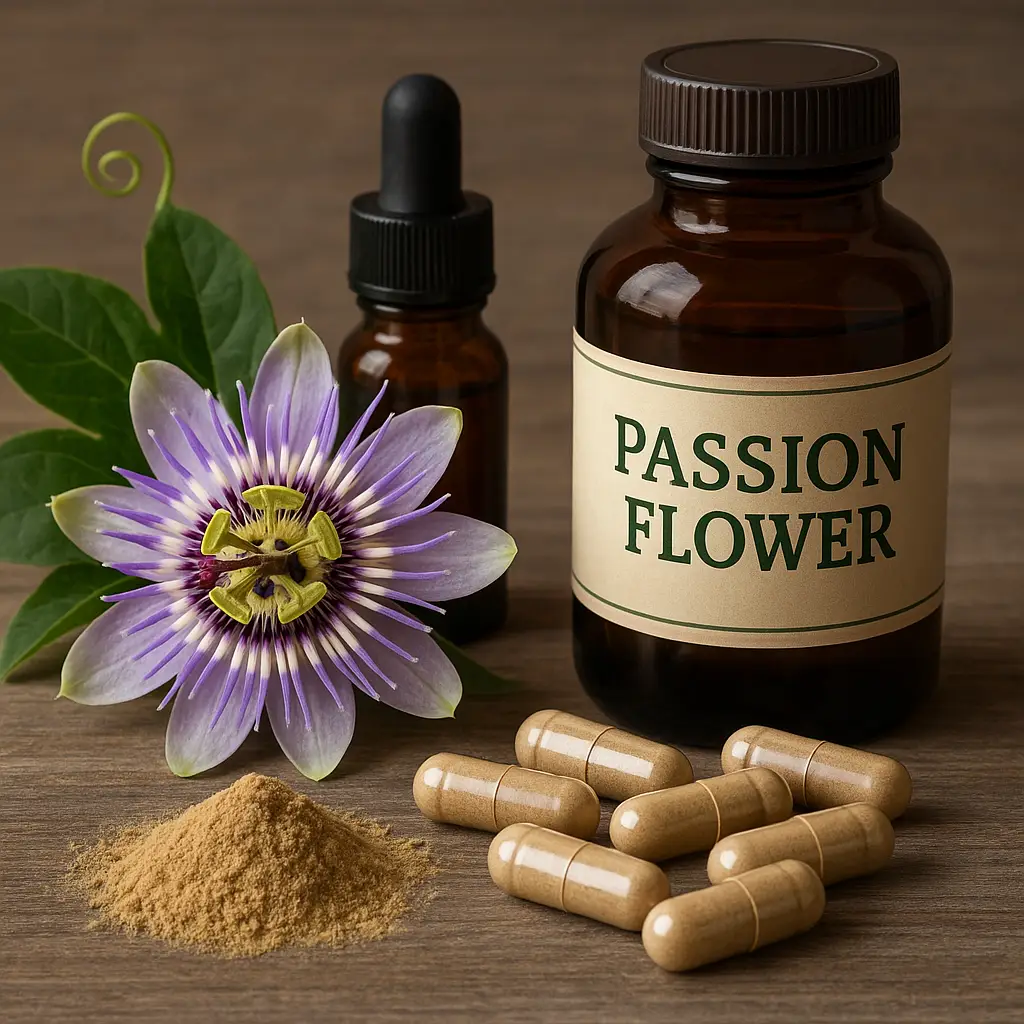
Understanding Passion Flower: A Natural Aid for Health and Performance Passion Flower, scientifically known as Passiflora incarnata, is a flowering vine nat…
Read more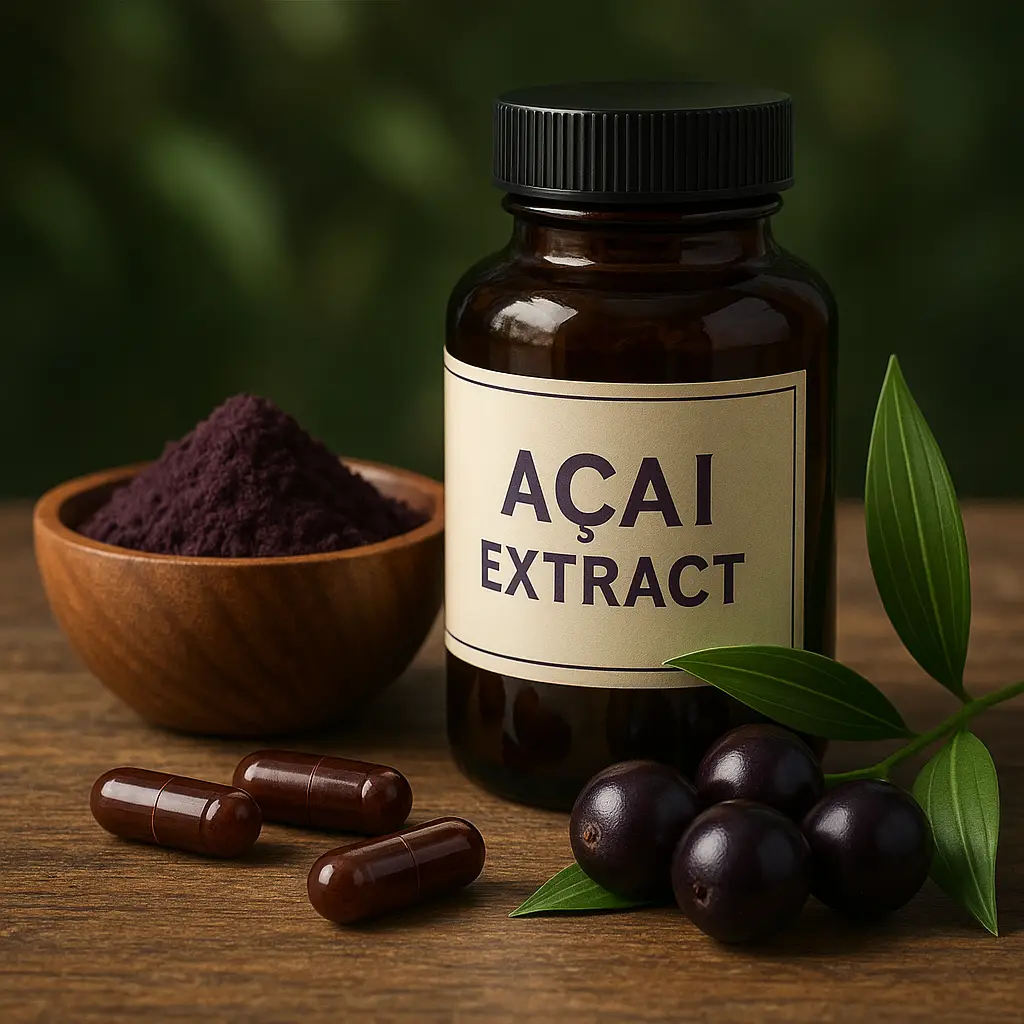
Açai Extract: An Overview Açai extract is derived from the açai berry, a small fruit that comes from the açai palm tree (Euterpe oleracea), native to the Amaz…
Read more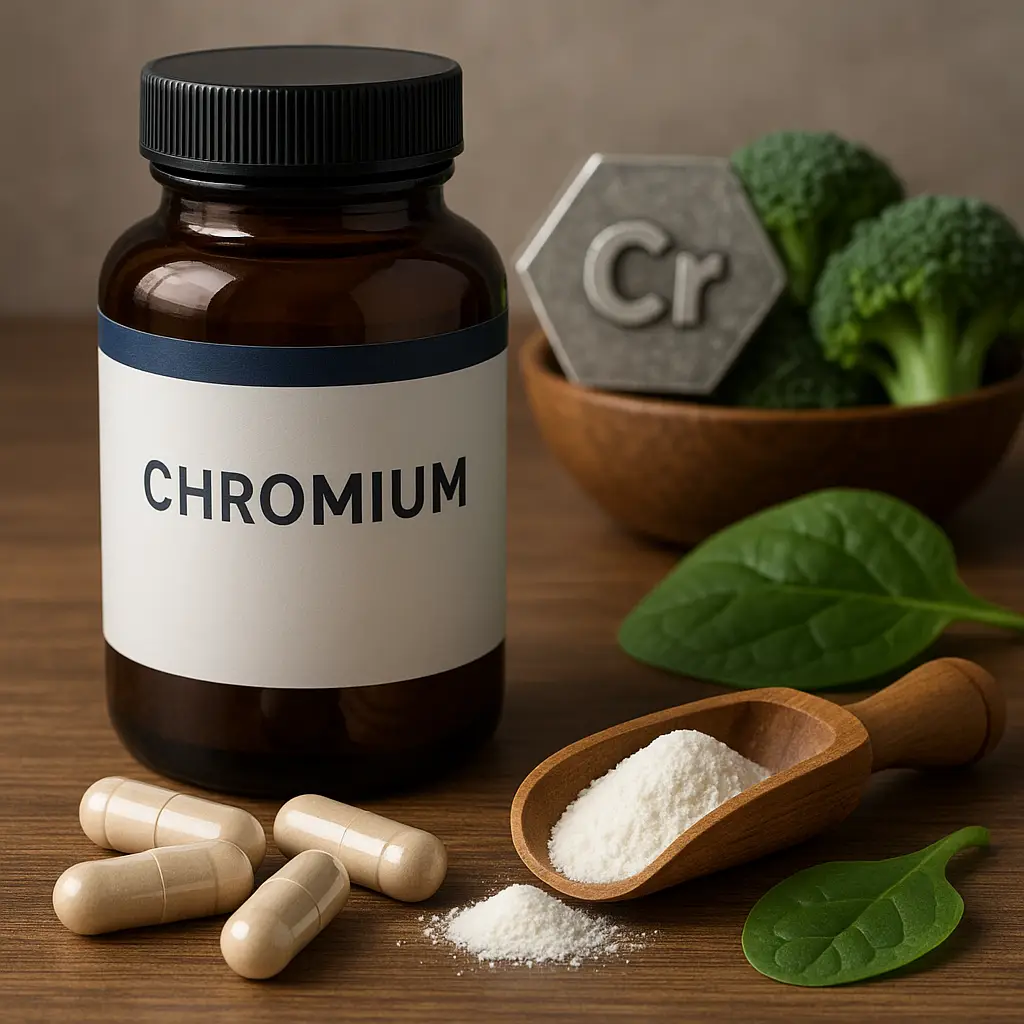
What is Chromium? Chromium is a trace mineral essential for human health, primarily known for its role in enhancing insulin sensitivity and glucose metabolism…
Read more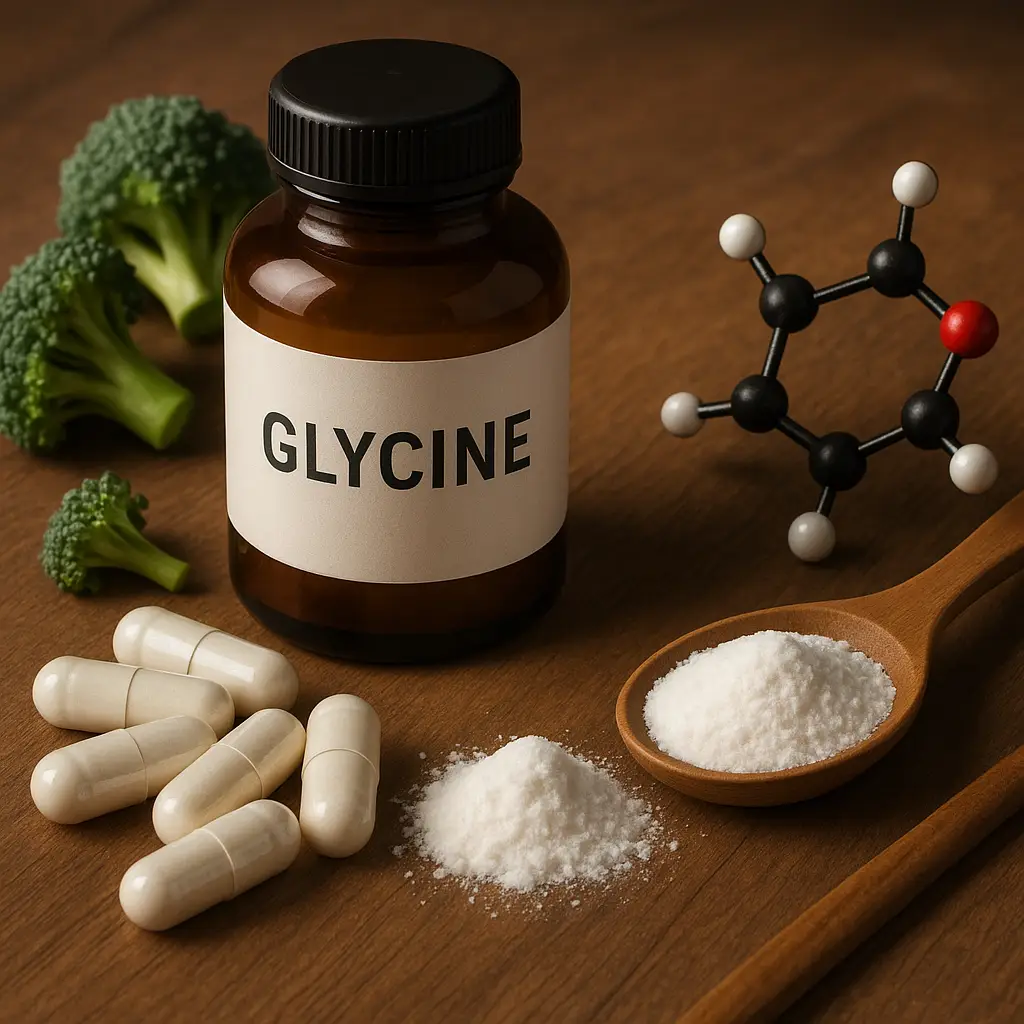
Understanding Glycine: The Essential Amino Acid Glycine is a non-essential amino acid that plays a fundamental role in the synthesis of proteins and various…
Read more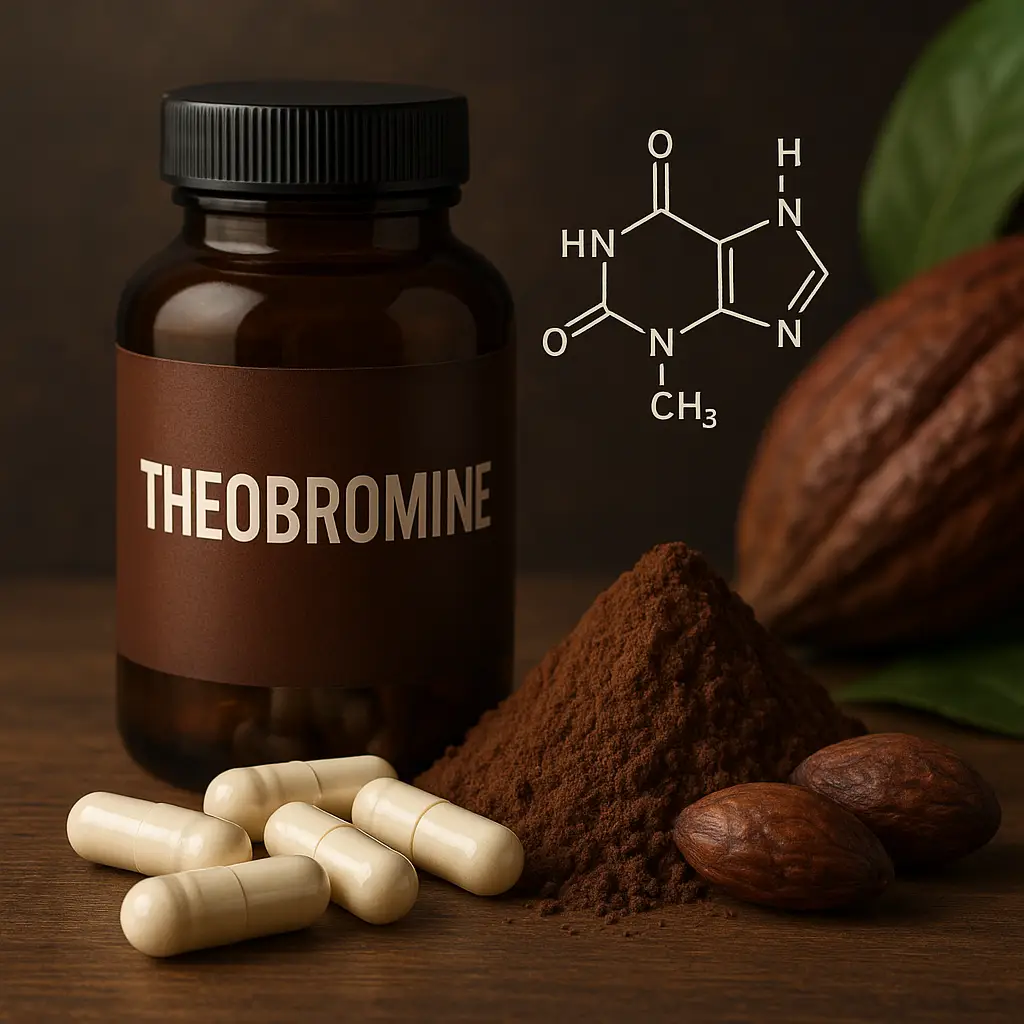
Theobromine: A Comprehensive Overview Theobromine is a naturally occurring compound found primarily in cocoa and chocolate products. It belongs to a class o…
Read more




